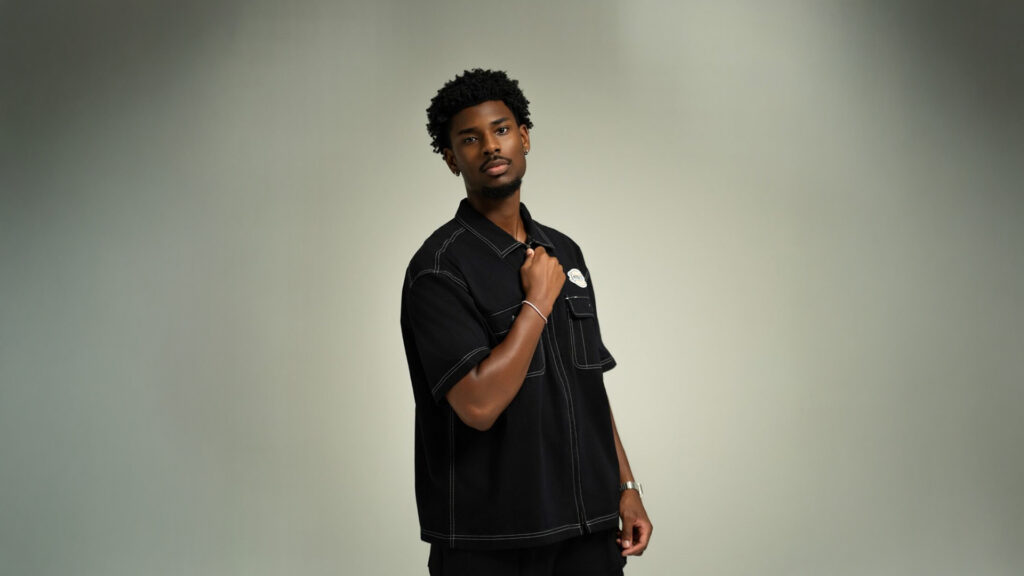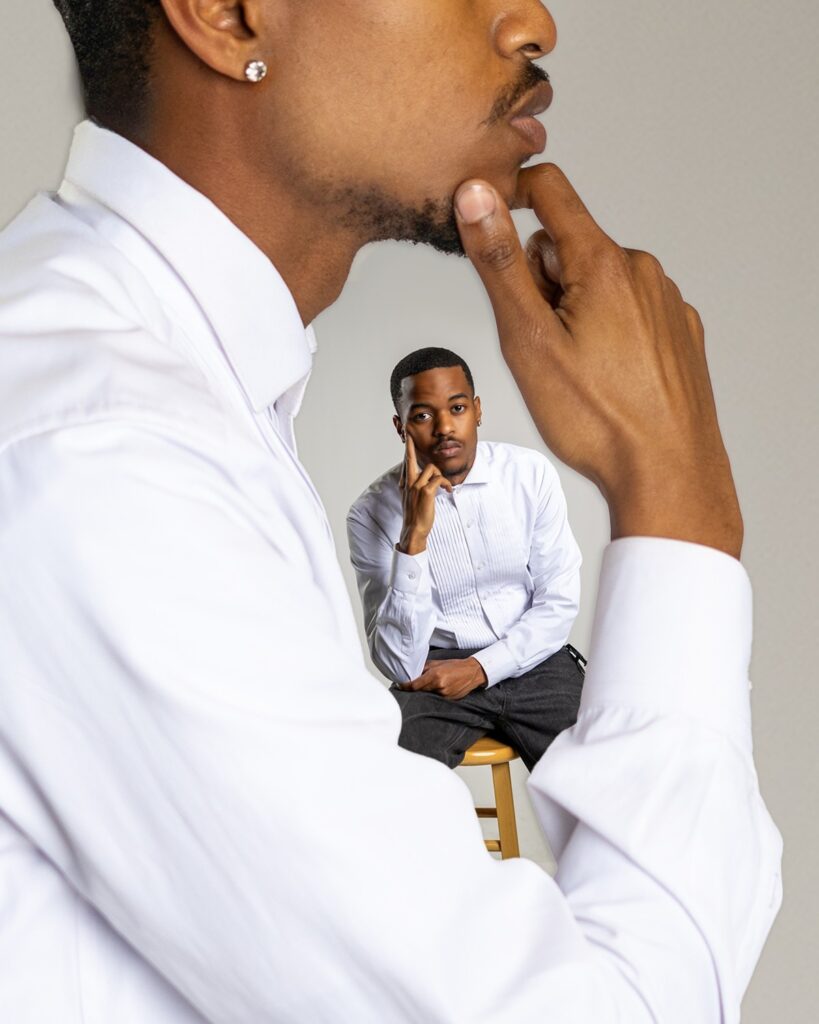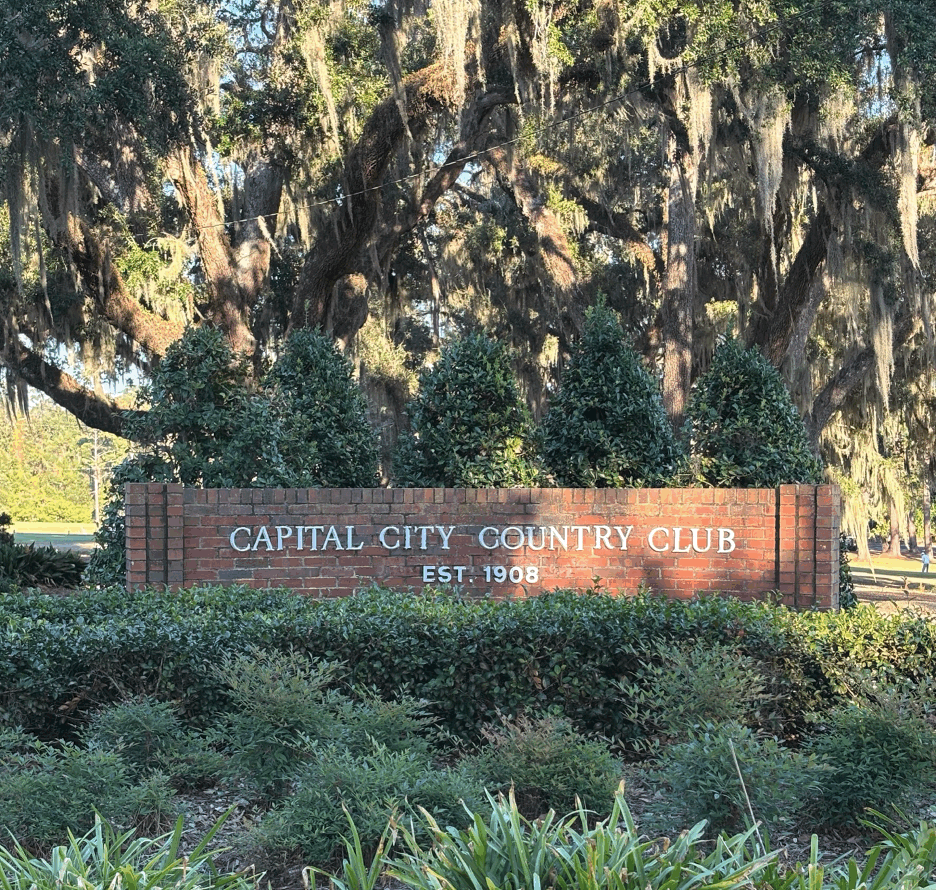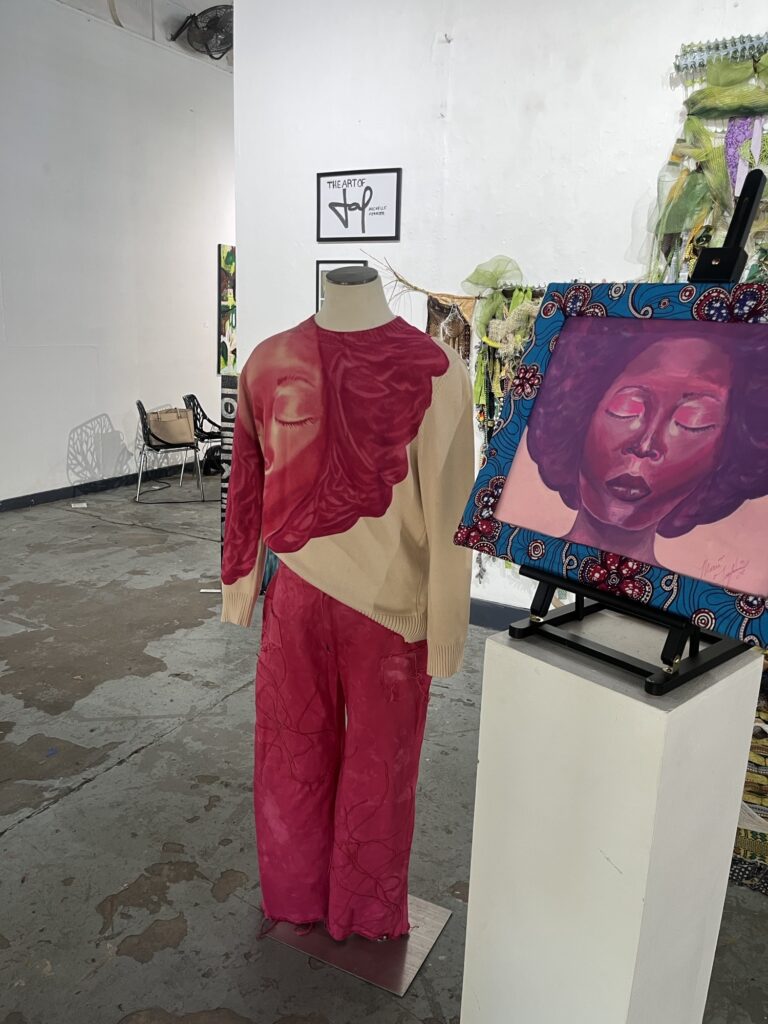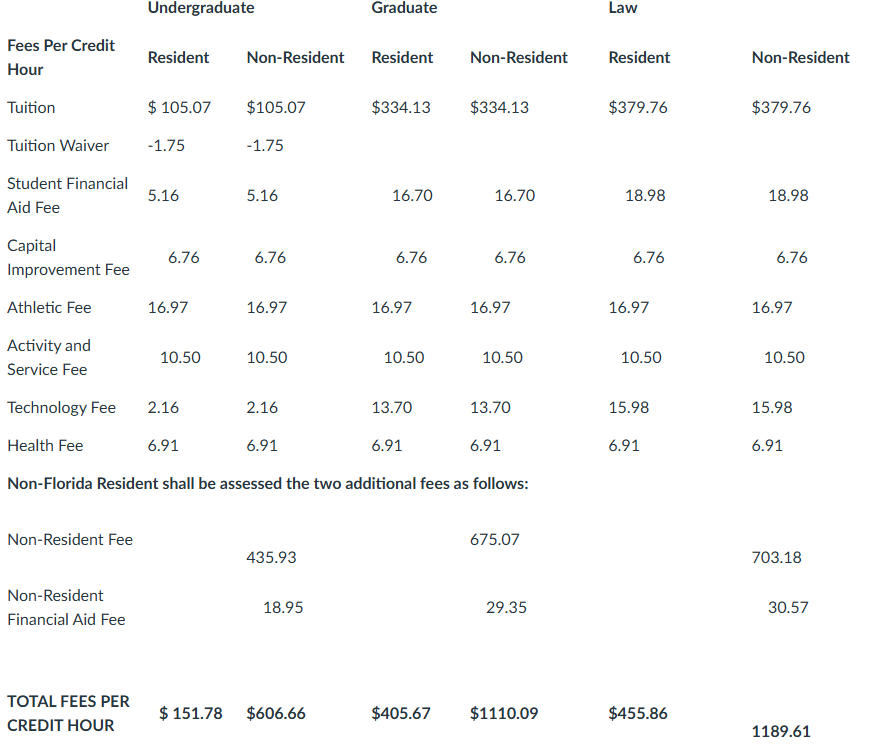Part One: World War I and World War II
To be queer in the late 19th century was an identity that many who were a part of the LGBTQ+ community were not open about because of the discrimination and prejudice surrounding homosexuality. Across the world, many people were forced to hide one of the most precious pieces of who they are and one of the most important factors of human life: who and how they loved.
Some conformed to fit the societal norm and married for their image, as had been done for centuries across many different cultures. Others were able to keep their love lives private for years beyond their time on earth. In many countries, homosexuality was banned, punishable, and in some places illegal.
Many governments and their constituents were far from open minded due to the heavy religious influence over western society at the time. People who identified as homosexual were at risk of social ostracization and criminal persecution, which led them to live in fear with staggering feelings of emptiness.
But when the world turned to chaos and destruction in 1914 during World War I, there were LGBTQ+ soldiers from all over the world who were at the frontlines ready to protect their homes. The survivors who returned home believed that they finally deserved the basic human right to peacefully exist and love whoever they’d choose after putting their lives on the line to defend their countries.
Queer soldiers around the world and their loved ones believed that their governments should grant them the same amount of respect and human decency that they would any other citizen, especially now after risking their lives in battle. For this reason, World War I is known as the starting point for the modern gay rights movement.
After the war ended in 1918, queer veterans and their allies alike formed groups with the intent to advocate for gay rights. One of the larger ones being the League of Human Rights, which had over 100,000 members. Groups like this helped to change the stigma when it came to homosexual rights.

Before WWI, the LGBTQ+ movement was more so focused on the science of sexuality, and proving whether or not homosexuality was natural. But after the war, many leaders of the gay rights movement argued that the science behind it didn’t matter, that queer citizens should be treated with the same respect as their straight counterparts.
In some urban cities during the Harlem Renaissance Era of the 1920s, speakeasy clubs were extremely popular. These were places that defied societal norms regarding race and sex, where many straight people were first introduced to homosexuality through drag performances and blues music.
By the time World War II began in 1939, more heterosexual people were open minded than ever before. Though there was still much progress to be made. After WWI, psychological screenings were done to weed out any recruits that were likely to experience a mental breakdown on the frontlines. Unfortunately, medical professionals at the time still considered homosexuality to be a mental illness. As a result, many queer people lied about their sexuality, otherwise they risked being sent home.
If service members were charged with Section 8 Blue Discharge, prosecution against homosexual members of the military, they also risked the possibility of being sent to mental institutions. Regardless of the threats, many gay and lesbian service members felt more free than they had ever before.
For many of the young soldiers, this was their first experience away from home. It was the first time they were able to build a sense of community surrounding queerness, despite the rules that conspired against it. Not only did service members across various war fronts enjoy drag performances, the “Myrtle Beach Belle,” a queer newspaper, was shared discretely between different bases.
Homosexuality thrived in plain sight within an institution that was so adamant about prohibiting it. Within the Women’s Army Auxiliary Corps, many lesbians were able not only meet and connect with others like them, they were also able to excel by holding positions of honor.
Unbeknownst to military leaders, two of the women selected to represent the WAAC in their campaigns were two lesbians, Phillis Abry and her lover, Milldred. Both were recognized for fitting the ideal image of what a WAAC should be.
When the war finally ended in 1945, many of the queer veterans, especially lesbians, recalled the ideals they were raised on that suggested that in order to create and live a successful, complete life they would have to be married. For this reason, some of them did end up in traditional marriages. Others tried to make the best out of the circumstances and continued to love in private.
Although progress had been made, it was still clear that much more work needed to be done. Until there is a world that doesn’t just tolerate the LGBTQ+ community, and until there is a world where we can all just coexist without discord between people of different races, backgrounds, genders, identities and sexualities, there will always be more work to be done.
Part Two: Civil Rights and Conservative Resurgence

The fight for LGBTQ+ rights continued throughout the 20th century, alongside the civil rights movement. Both, although fighting for different reasons, had almost identical tactics and goals. Much of the tactics used by the LGBTQ+ community at the time mirrored those of the black community, as much of the discrimination both groups faced were similar.
Many of us have learned about the Montgomery Bus Boycott as it was one of the most notable events in U.S. history as it pertains to the Civil Rights movement. On December 1, 1955 a Black woman, who we know as Rosa Parks, refused to give up her seat on a public transit bus in Montgomery, Alabama for a white passenger.
During this time, segregation, especially in the south, was widely practiced even in confined spaces like a public bus. It was common knowledge that African American passengers were to sit on the back of the bus and give up their seats for their white counterparts if no seats were left. So when Rosa Parks denied the request to move seats she sparked a 381-day boycott that eventually led to the Supreme Court declaring that enforcing segregation laws on buses was unconstitutional in 1956.
The Montgomery Bus Boycott is an example of civil disobedience which is when one refuses to obey the commands of government. This is one of the many tactics the civil rights movement used to progress.
Similarly, the 1969 Stonewall Riots, part of the LGBTQ+ rights movement, were another monumental example of civil disobedience in the United States just 14 years later. The Stonewall Riots are one of the most well-known events that took place relating to LGBTQ+ rights, as the Montgomery Bus Boycott was to the civil rights movement.
On June 28, 1969, police officers raided Stonewall Inn, a gay bar in New York City. At the time homosexual relations were considered illegal in the city, so gay bars and places of refuge like Stonewall were often subject to harassment by law enforcement officers.
On this particular day, nine police officers arrested Stonewall Inn employees for selling alcohol without a license and arrested others for things like not wearing “gender-appropriate clothing.” Unlike other times, the bystanders surrounding the bar didn’t disperse when the raid began. Instead, they heckled the police back and stood up for the guests. It became so intense that law enforcement officials locked themselves inside while rioters continued outside and eventually set the bar on fire.
The outrage from these events inspired a series of riots over the next five days which are also known as the Stonewall Uprising. This wasn’t the first time that gay groups protested against discrimination, but many recognize it to be the first time gay, lesbian and transgender people unified for a common cause.
After the Stonewall Uprising, many gay liberation groups emerged internationally like the Human Rights Campaign, Gay and Lesbian Alliance Against Defamation (GLAAD) and Queer Nation. Activist groups like these that stood against inequality were not uncommon in the United States. The National Association for the Advancement of Colored People (NAACP) and the Urban League are two of the organizations that fought for civil rights.
While fighting different battles, civil rights and gay rights activists alike stood beside one another on multiple occasions in support of basic human rights. The March on Washington led by Dr. Martin Luther King Jr. on August 28, 1963, was one of the largest demonstrations in support of the civil rights movement that the country has seen.
At the forefront of the march was Bayard Rustin, a gay Black man and social activist. Rustin is one of the many people that represent the intersectionality between the two groups. To be Black and to be queer are not always mutually exclusive, which is why there has been such a unique relationship between the two groups.
Both African Americans and queer individuals have had to face social injustices due to their identities, so much so that each has been inspired by the other in terms of ways to dismantle the prejudice within our country.
“We marched with Martin Luther King, seven of us from the Mattachine Society and from that moment on we had our own dream about a gay march of similar proportion,” said Jack Nichols, a pioneer in the gay community.
Moving forward, the relationship between the civil rights movement and the gay rights movement continued to serve as mirrors for one another. Many more people recognized the necessity to support one another. The fight for civil rights would not be over until justice is awarded to all Black Americans regardless of sexuality. By the same token, the gay rights movement will not be over until it includes justice for queer indiviuals of all races.
Part Three: The 21st Century Transformation

The 21st century has been the peak of transformation for the LGBTQ+ community. With many battles won and just as many lost, history proves there has never been as many achievements for the LGBTQ+ community than in this century. In the past nearly 20 years, same sex couples gained recognization and their marriage became legal. Laws have passed to protect LGBTQ+ and their rights, and for the first time, we witnessed openly queer people holding some of the highest positions in the U.S government.
The early 2000’s marks a turning point in the queer community. This began with Governor Howard Dean signing a civil unions bill making Vermont the first state in the U.S allowing rights to same-sex couples. This allowed them to have legally certified relationships, which were able to receive tax and insurance privileges. George Belansek, a queer onlooker during the proceedings, felt that since Vermont was the first state in the nation to abolish slavery this too was history in the making. In the summer of that same year, the Transgender Pride flag, designed by American trans woman, Monica Helms, was revealed to the public at an Arizona Pride parade.
During the mid-2000’s, many laws sought passage to further the causes of the LGBT community. These included the same rights that are granted to heterosexual couples; such as same-sex marriage, tax benefits and protections. This time period also marked the start of the 44th presidential campaign season. These demands for the LGBT community weighed all the more heavily. Campaign season began with the Human Rights Campaign hosting the first American Presidential Forum. This discussion focused, specifically, on LGBT issues. The HRC invited all presidential candidates, including Barack Obama and Hillary Clinton, to voice their opinions – all republican candidates declined the offer to do so. This sent a significant message to not only the queer community, but all Americans. This signaled change in the U.S, highlighting which presidential candidates supported the community and those that didn’t.
When President Obama came into office in 2008, he was determined to begin making a change in the LGBT community. So, on October 28th, 2009, he signed into law the Matthew Shepard and James Byrd Jr. Hate Crimes Prevention Act. The act is named after Matthew Sheppard and James Byrd Jr., two victims of hate crimes. Matthew Shepard was a gay student who was tortured and murdered near Laramie, Wyoming in 1998. James Byrd Jr. was a Black man who murdered by three white supremacists in Jasper, Texas, in 1998. The bill successfully illegalized physical crimes motivated by a victim’s actual or perceived gender, sexual orientation and gender identity or disability.
2015 was one of the biggest years of progress for the LGBTQ+ community. The U.S. Supreme Court declared the legalization of same-sex marriage in all 50 states. The ruling gave same-sex couples the same terms and conditions as the marriages of heterosexual couples – with all the accompanying rights and responsibilities. Also, this year began the start of many openly queer people holding high positions in the U.S. government. Kate Brown was first and came out as the first openly queer American governor who was reelected that following year.
After such progress was made in the LGBT community, the greatest U.S. anti-gay shooting occurred on June 12, 2016. Twenty-nine-year-old security guard Omar Mateen, murdered 49 people and wounded 53 others in act of terror inside Pulse, a gay nightclub, in Orlando, FL. Mateen was shot and killed by the Orlando Police after a three-hour standoff. This is the deadliest incident of violence against LGBT people in the country’s history and was the deadliest terrorist attack in the U.S. since 9/11.
Fourth-year business administration student, Bria Brewton, was 15-years-old when the Pulse nightclub shooting took place. She remembers watching the news and not understanding why someone would target innocent people.
“When I first found out about the shooting I was hurt and felt like what Mateen did was unnecessary,” Brewton said. “He went into not just a nightclub, but a safe space for people in the queer community and took that from them.”
Today, in the year 2022, state lawmakers have pushed many legislative attacks on the LGBTQ+ community. Almost 400 anti-LGBTQ+ bills were introduced across the country. From granting state licenses to discriminate against LGBTQ+ people, to erasing LGBTQ+ people form the educational curriculums in schools, and prohibiting transgender adults and youth from participating in certain levels of sports from schools to the Olympics. Many extreme bills that have been introduced in the last legislative sessions specifically target transgender youth. Many denied trans youth from participating in school sports, having access to the best medical care, and criminalized physicians for providing gender-affirming care. It is estimated these attacks will continue to significantly restrict the rights of the LGBTQ+ community.
“For the first time in a long time we see a decline in progress for the LGBTQ community,” Brewton said. “I don’t know what America is going through right now. I feel like old America is upset, and white supremist are trying to get rid of all diversity and the opportunity of freedom that this country was built on – which includes the new abortion laws.”




